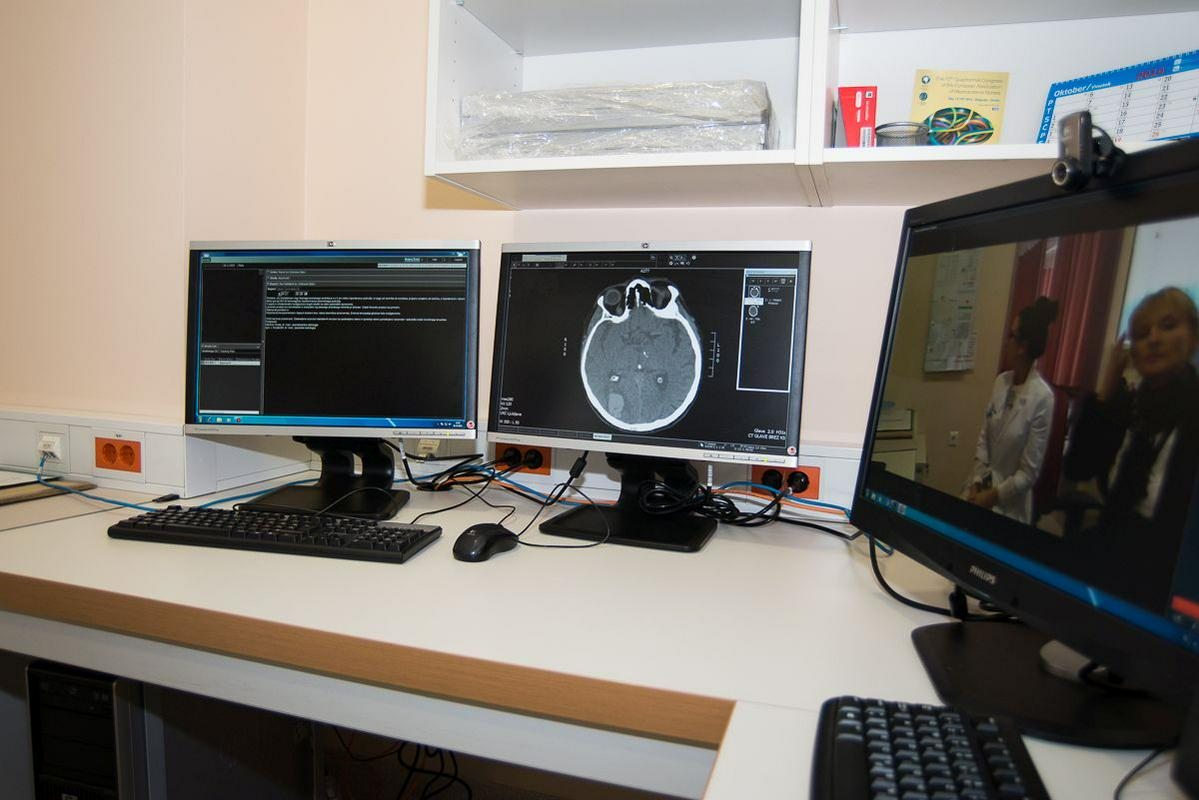
Stroke occurs instantaneously and unexpectedly, with varying consequences, from virtually none to permanent damage. It all depends on how quickly the signs are recognised and treated, since the first few minutes are crucial. “If stroke is recognised in time, a lot can be done and a number of complications can be prevented,” emphasizes president of the Slovenian Heart Foundation Matija Cevc,warning that stroke is an urgent medical condition, since the symptoms and signs appear in a matter of seconds or minutes. Immediate treatment is needed, as there is relatively little time to take action.
According to Cevc, the stroke – which, as numerous other diseases, could be prevented with a healthy lifestyle – remains the most frequent reason for disability in Slovenia.
Stroke comes in different shapes and forms
Neurologist Anton Grad explains that the stroke can cause visible damages such as inability to walk or use the arms as well as hidden conditions such as problems with speech, concentration, memory loss and personality shift. However, it’s important to note that stroke can be overcome, adds Grad. “As many as 93 percent of patients who have survived stroke have trouble with paying attention. This may pose a problem even when doing daily chores, let alone socialising and returning back to work. Another problematic issue is car driving, since many depend on it for daily commute,” describes head of the post-stroke rehabilitation unit at the University Rehabilitation Institute (URI) Nika Goljar about the consequences of stroke that may not be considered in the early stage of treatment but come up later.
Sabina Janičijevič, MMC; translated by K. Z.


































































